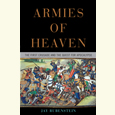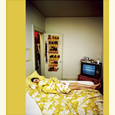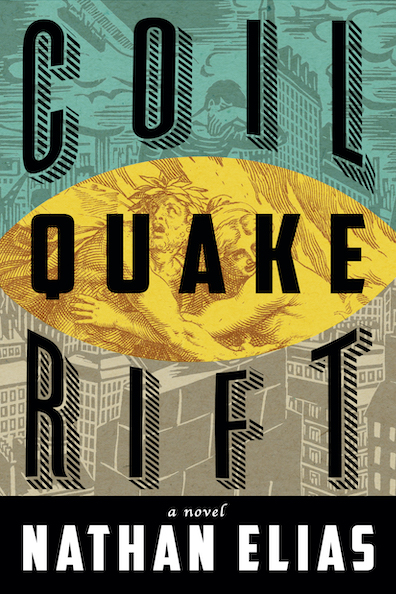Worlds Within
Patti Callahan Henry delivers a literary mystery and transatlantic adventure
Patti Callahan Henry’s latest novel, The Story She Left Behind, tackles the tale of a precocious author’s seminal work, the unfinished sequel she left behind, and the mystery that ripples through a family for generations.
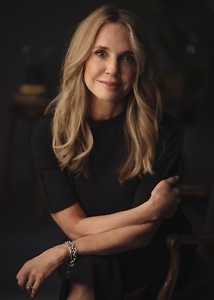
The Story She Left Behind is told from multiple perspectives. The first chapter is a simple two-page glimpse of the night Bronwyn Newcastle Fordham, the author, goes missing from her home in Bluffton, South Carolina, in 1927. From there, the story jumps ahead 25 years to follow Clara Harrington, Bronwyn’s abandoned daughter. We also get chapters from Charlie Jameson, a man from London who stumbles upon a leather satchel in his recently deceased father’s study that links back to Clara.
Bronwyn’s story is revealed in bits and pieces throughout the novel. She was a child prodigy whose debut novel was published when she was still a teenager. The book met with much acclaim, catapulting the young woman into unexpected stardom, but the sudden fame, along with her curious behavior, led Bronwyn to become estranged from her parents.
She left home at 18 to travel and explore the world. She eventually met a man, settled down, and had a daughter, Clara. When Clara was only eight years old, in 1927, Bronwyn disappeared: “It is two o’clock in the morning when she leaves everyone she loves.”
Twenty-five years later, in 1952, Clara Harrington is divorced and living a peaceful life back in her childhood home in Bluffton with her father and her eight-year-old daughter Wynnie. Despite the shadow of her mother’s disappearance — and the subsequent interest the mystery still draws in the literary community — Clara has carved out a successful career as a children’s book illustrator. She misses her mother fiercely, but it is not just her mother’s absence that nags at her. When Bronwyn disappeared, she took with her the key to translating the sequel to her novel, leaving her fans forever wondering what happens next to the main character of the book, Emjie. Like Tolkien, Bronwyn had created her own language to describe her unique perspective of the world, and she wrote the sequel in this language.
 When Clara suddenly gets a call from a man in London named Charlie Jameson who claims to have her mother’s missing papers which list and define Bronwyn’s lost language, she initially chalks it up as a prank call or another attempt by a journalist to reel her in so she will share insights about her mother’s disappearance. However, Clara quickly discovers that Charlie is calling in earnest. In fact, he can describe the satchel that contains Bronwyn’s missing words and even tells Clara about a letter addressed to her among the papers. The catch is that another letter on the top of the manuscript says the bundle needs to be returned to Clara in person — it cannot be shipped. Clara must now figure out how to make her way from South Carolina to London, a place she never dreamed of visiting. Will she be able to make the journey, and even if she does, what will she decide to do with her mother’s unpublished work?
When Clara suddenly gets a call from a man in London named Charlie Jameson who claims to have her mother’s missing papers which list and define Bronwyn’s lost language, she initially chalks it up as a prank call or another attempt by a journalist to reel her in so she will share insights about her mother’s disappearance. However, Clara quickly discovers that Charlie is calling in earnest. In fact, he can describe the satchel that contains Bronwyn’s missing words and even tells Clara about a letter addressed to her among the papers. The catch is that another letter on the top of the manuscript says the bundle needs to be returned to Clara in person — it cannot be shipped. Clara must now figure out how to make her way from South Carolina to London, a place she never dreamed of visiting. Will she be able to make the journey, and even if she does, what will she decide to do with her mother’s unpublished work?
Clara also has her daughter Wynnie to consider. Wynnie was born prematurely and struggles with severe asthma, making travelling difficult for her. Yet Wynnie is eager to accompany her mother on an adventure. And it’s not just because an adventure — to London, no less! — is wildly exciting. Wynnie is just as desperate as Clara to learn her grandmother’s story. Through a seamless blending of perspectives, The Story She Left Behind leads the reader into a continent-spanning mystery. Will Clara find the answers she has always been longing for on her journey, or will the venture prove futile and too dangerous for Clara and delicate Wynnie to survive?
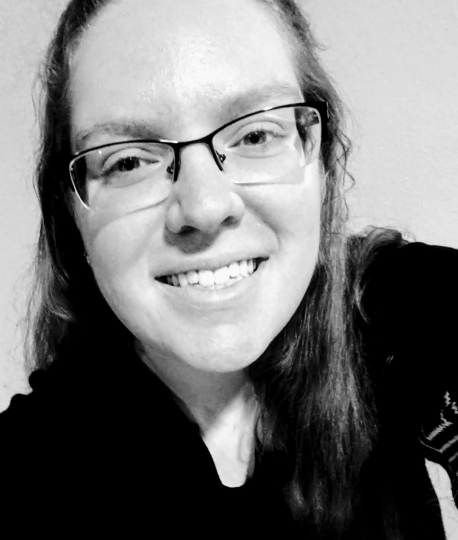
Abby N. Lewis is from Dandridge, Tennessee. She is the author of the full-length poetry collection Reticent and the forthcoming collection Aquakineticist, as well as two chapbooks.
